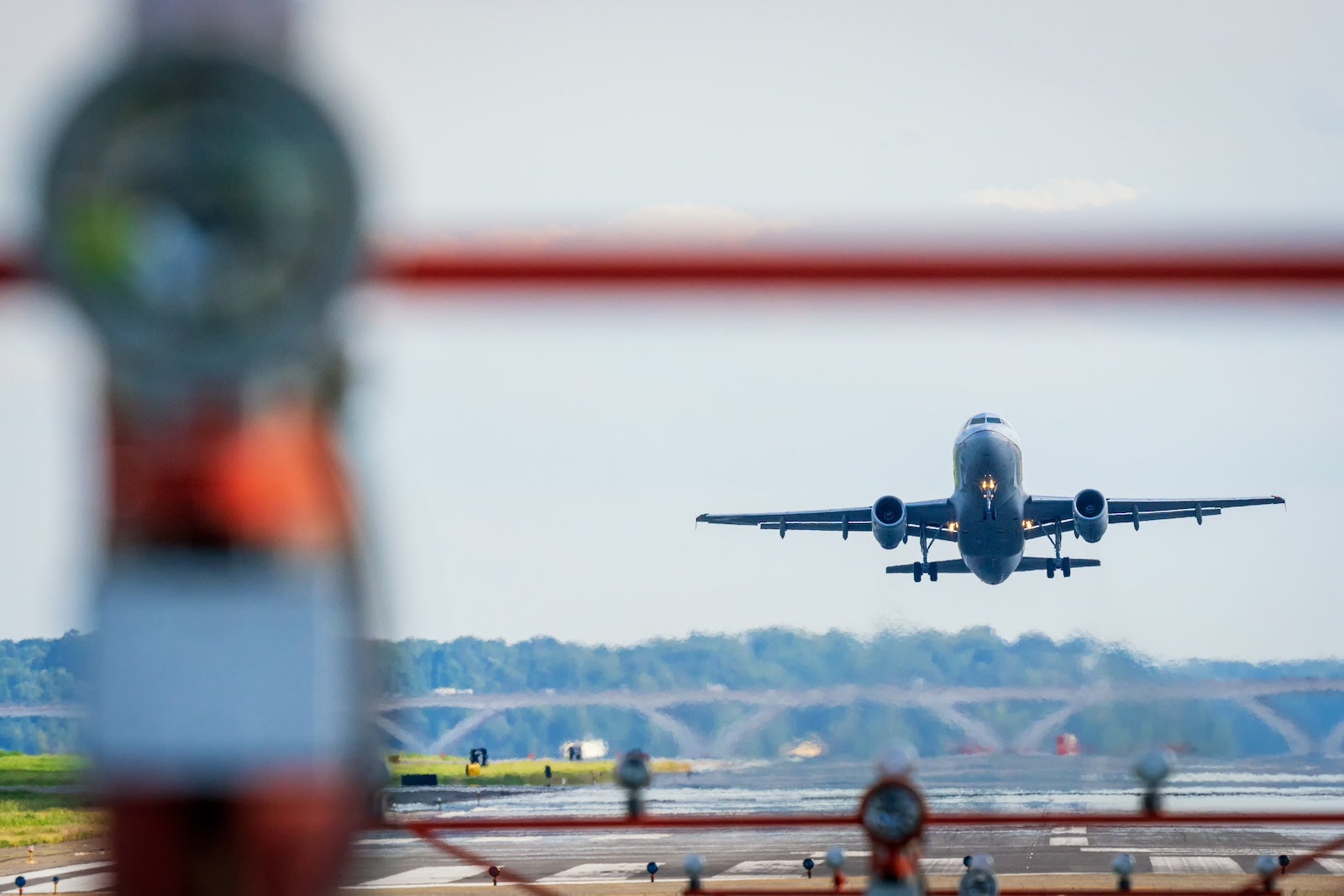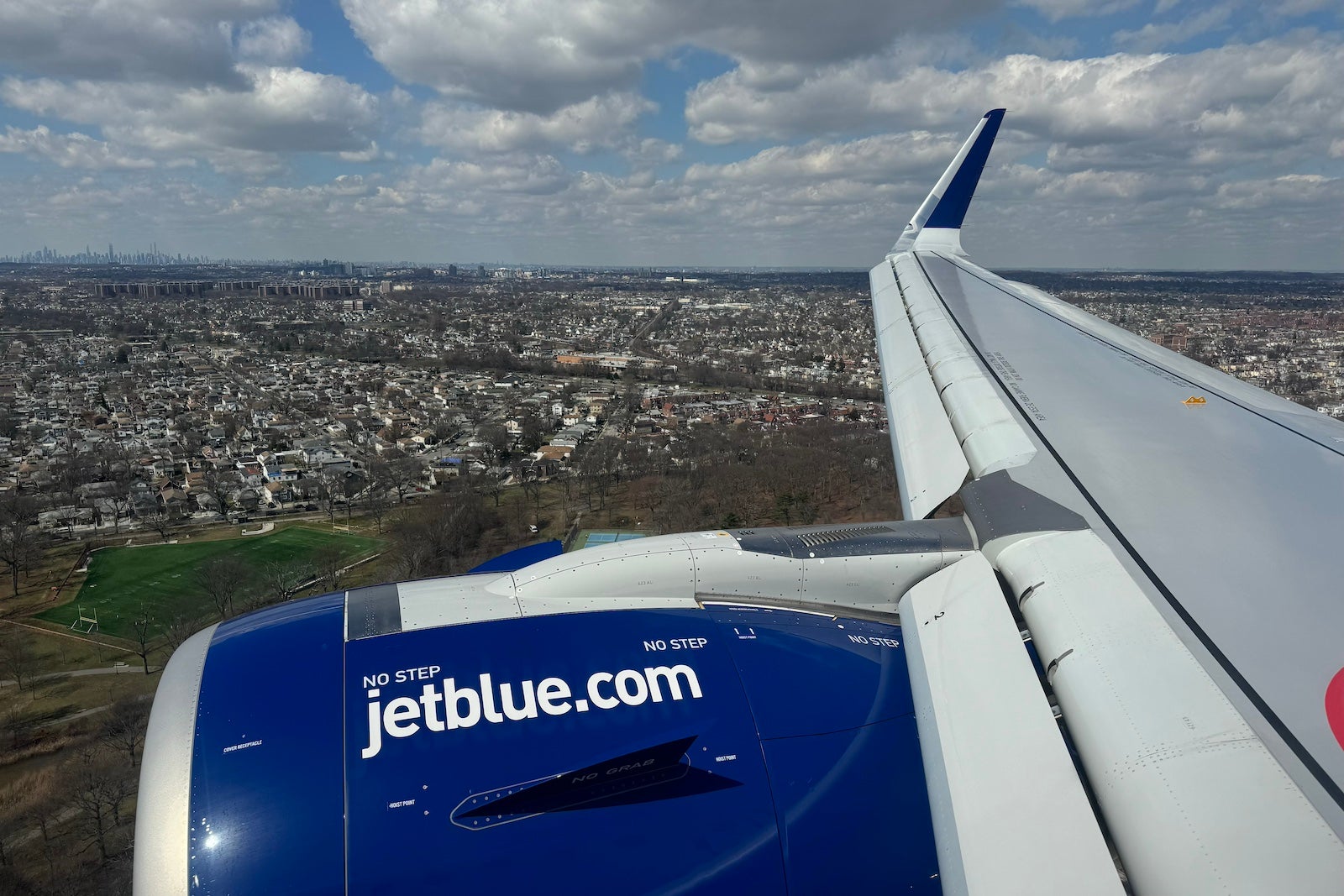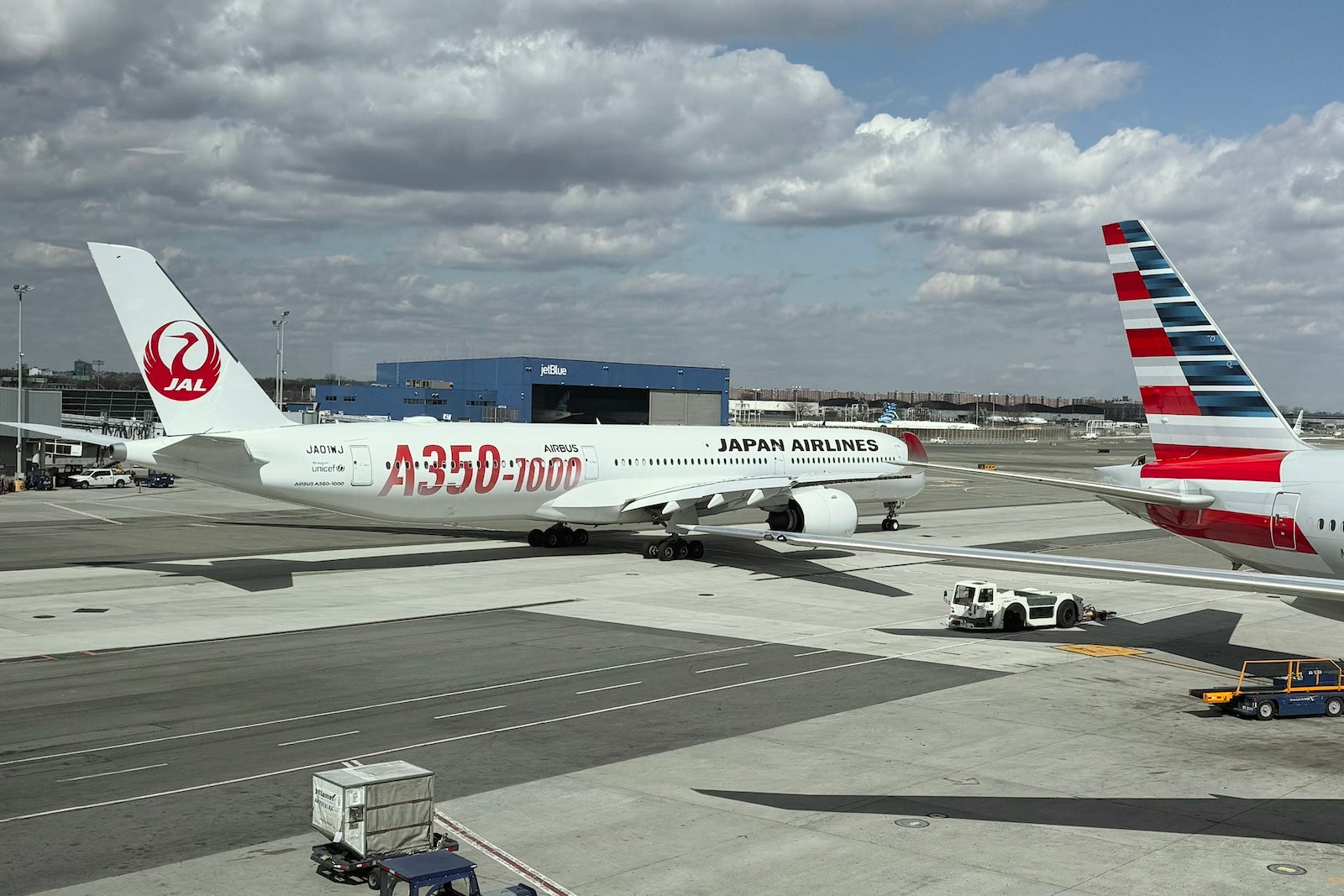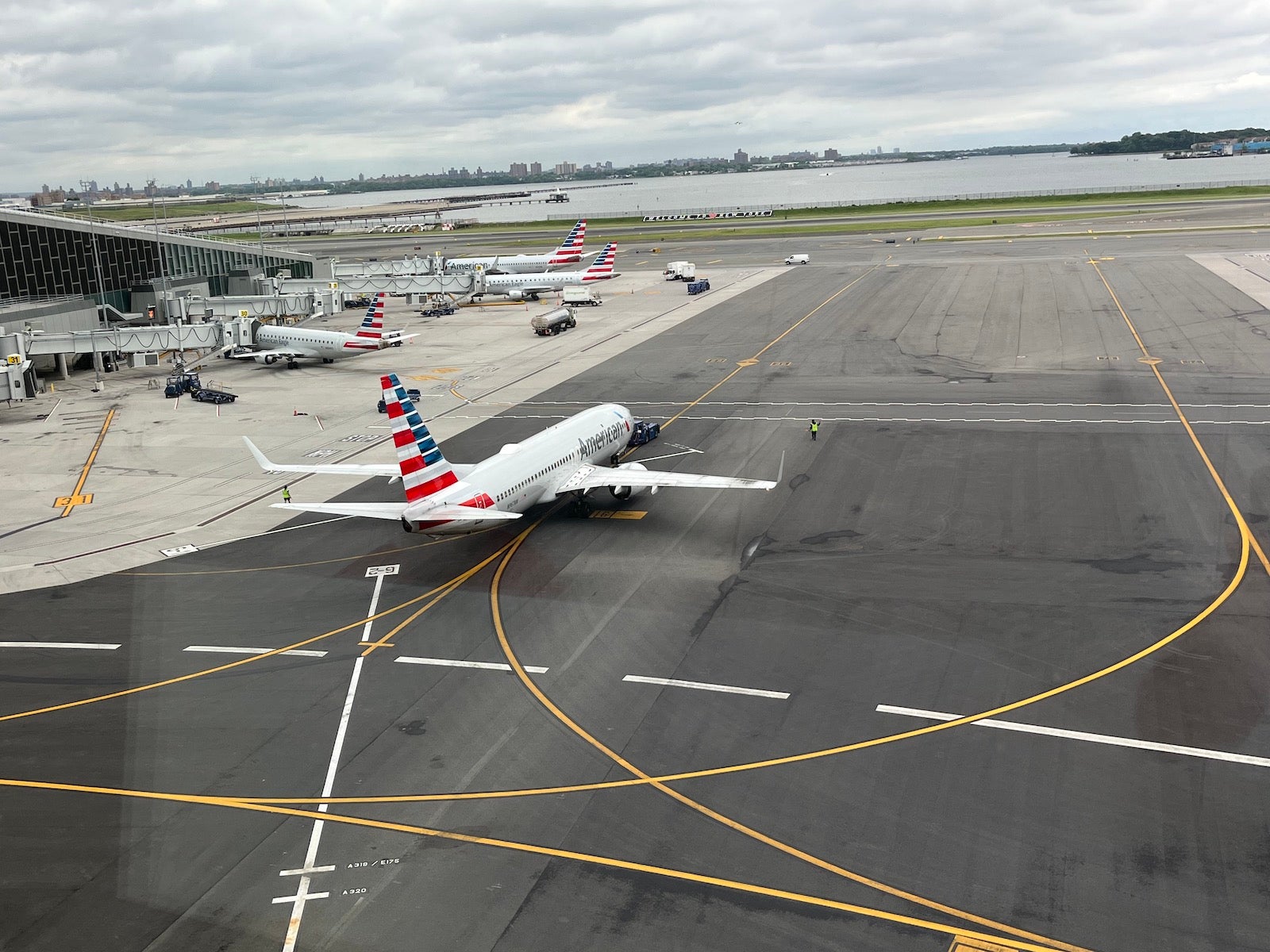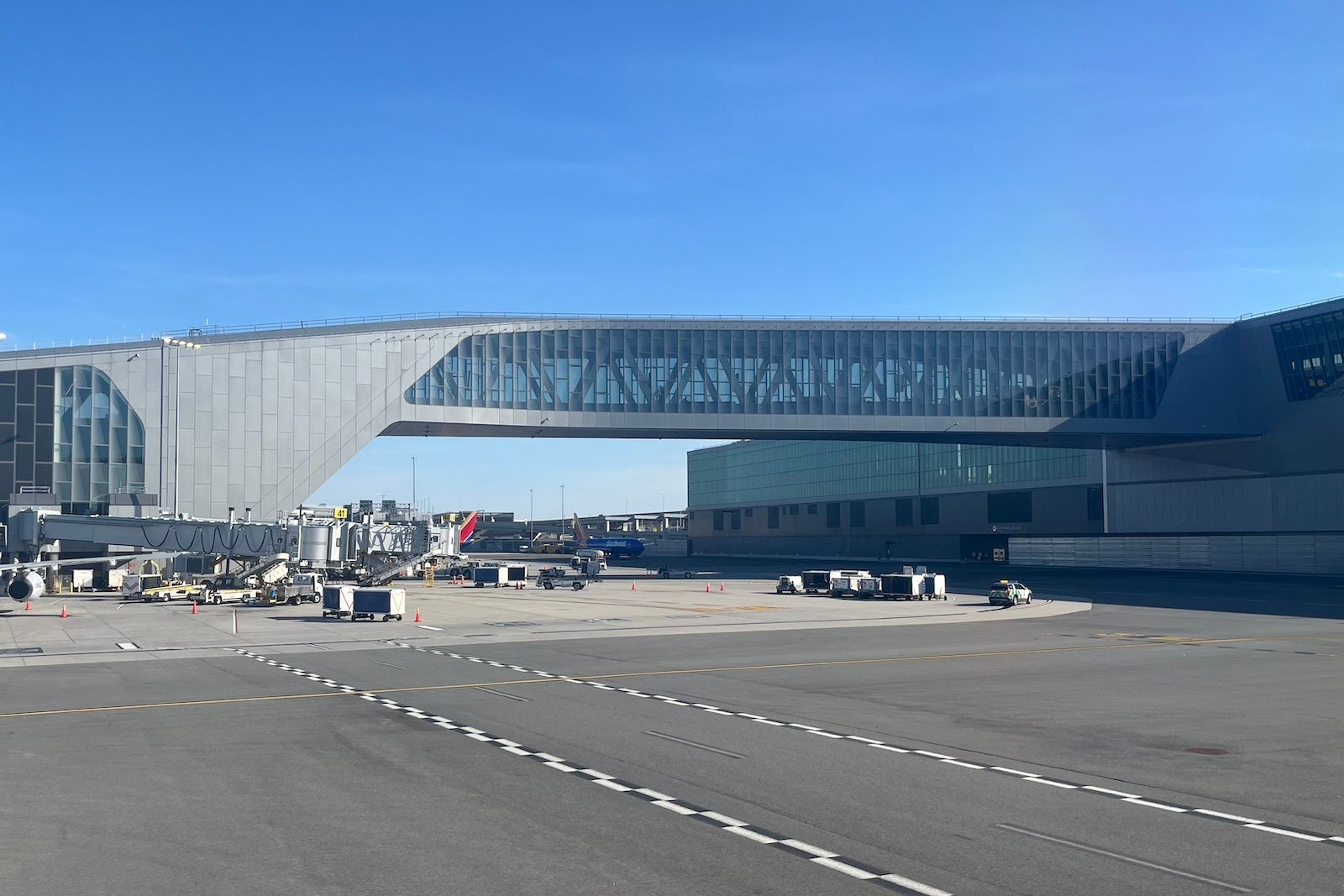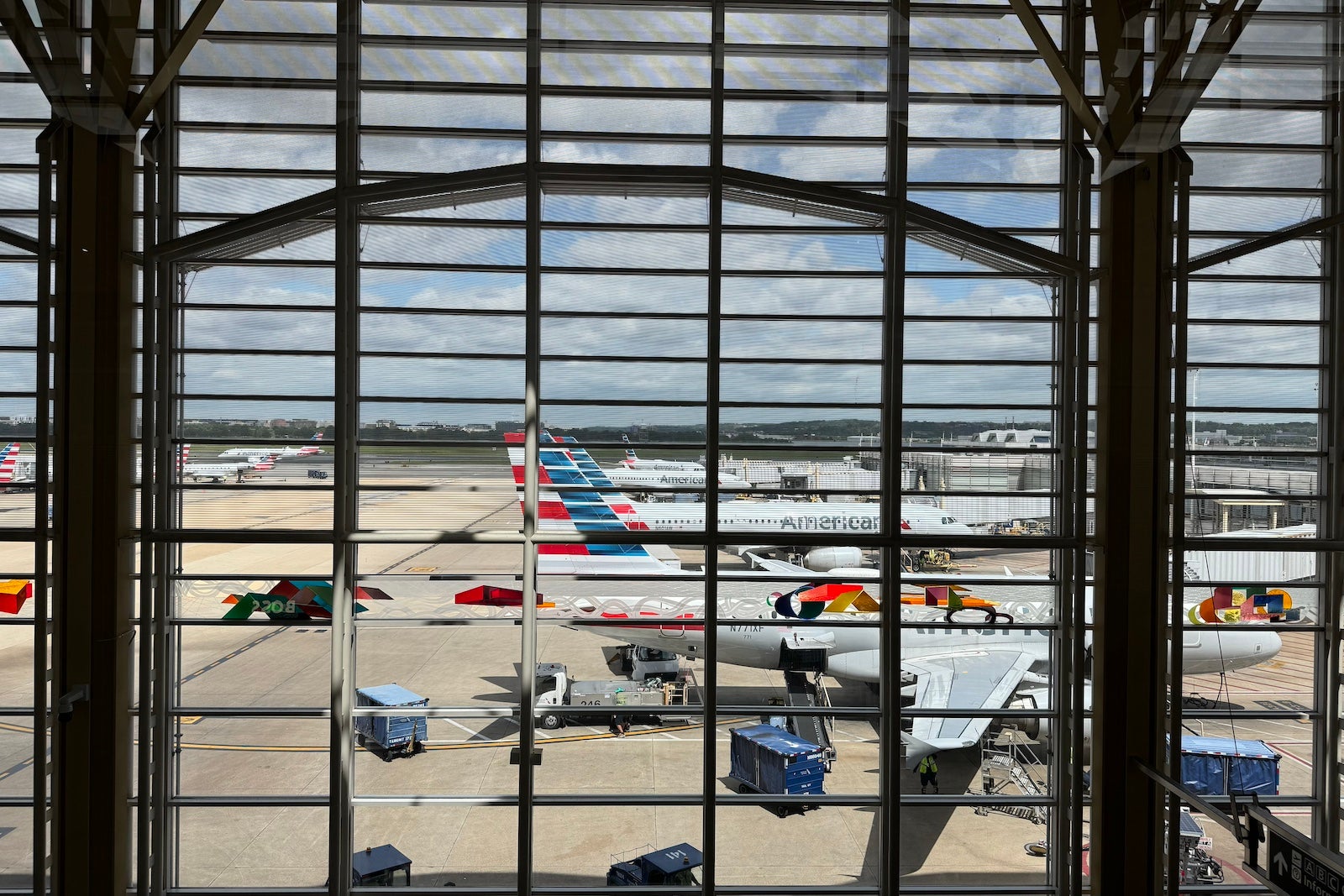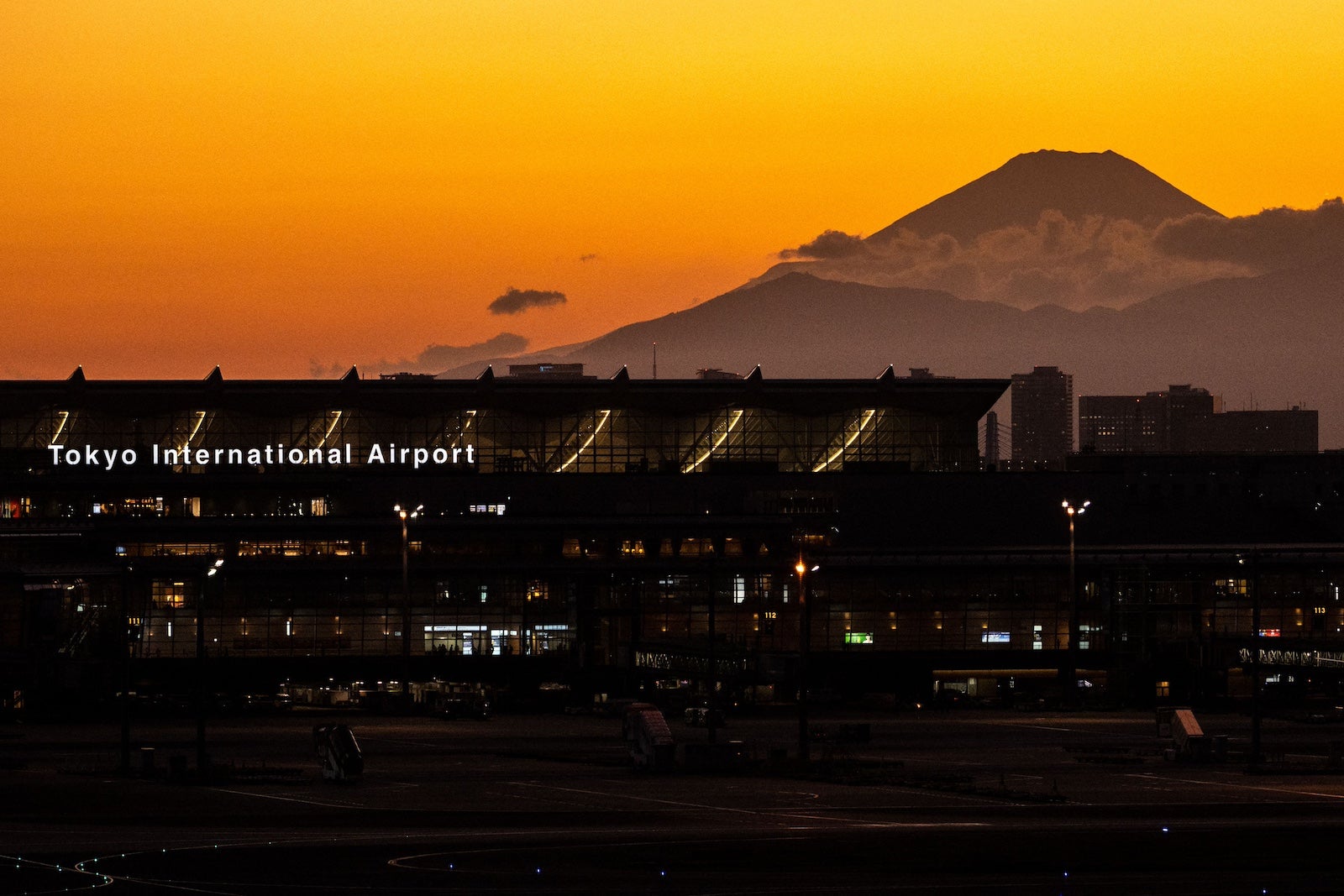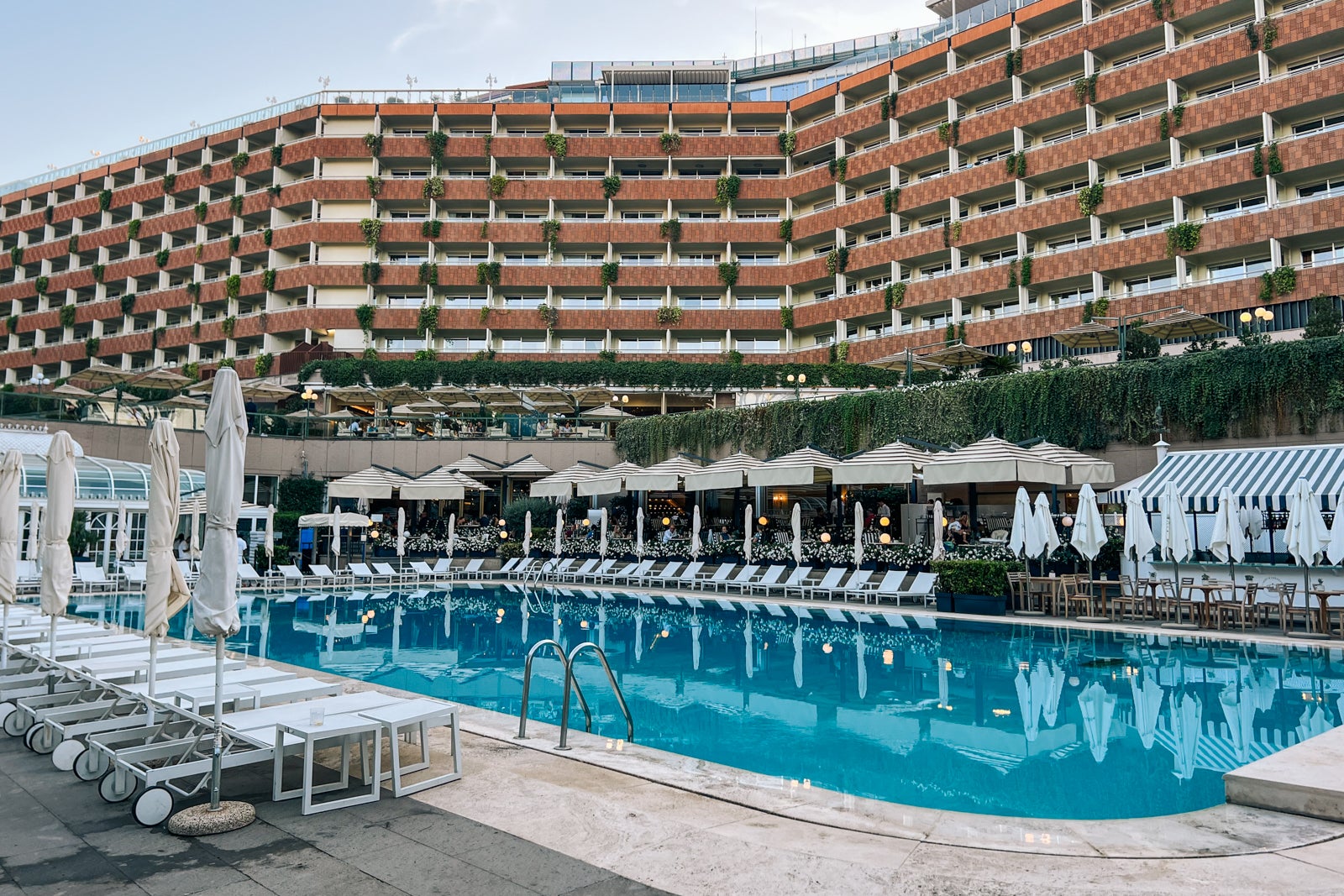Guide to slots at US airports
From time to time, covering airlines and airports requires us to throw around a common word with much deeper meaning in the aviation world: slots.
It’s a word most often used in “inside baseball” types of aviation conversations.
That said, slots matter a lot when it comes to commercial air travel in the U.S. and beyond.
Here’s how it’s used in a sentence:
Frontier Airlines recently gained slots at John F. Kennedy International Airport (JFK), allowing the carrier to launch its first-ever nonstop flights from the busy New York airport.
Want more aviation news? Sign up for TPG’s free biweekly Aviation newsletter.
Slots determine which airlines get to fly from certain capacity-controlled airports, how often they get to fly and — in some cases — which destinations they serve.
They factor into who gets highly coveted space at New York City’s LaGuardia Airport (LGA) as well as JFK.
Slots help decide which airlines and U.S. cities get nonstop flights to Tokyo’s Haneda Airport (HND) and which can offer transcontinental service from Ronald Reagan Washington National Airport (DCA).

Daily Newsletter
Reward your inbox with the TPG Daily newsletter
Join over 700,000 readers for breaking news, in-depth guides and exclusive deals from TPG’s experts
At the moment, slot politics are at the center of a fight among Delta Air Lines, Aeromexico, the U.S. Department of Transportation and the government of Mexico. This fight could ultimately spell the end of a joint venture between the two airlines — both of which are members of the SkyTeam alliance.
But what exactly are slots, and why do they matter?
Here’s a quick rundown.
What is a slot?
A slot is an authorization for a flight to use a runway at a busy airport for either a takeoff or a landing. In the U.S., slots exist at airports where the Federal Aviation Administration has determined demand from airlines exceeds available space.
Without slot controls, the thinking goes, these airports would be so congested that it would be very difficult for flights to operate without delays.
At the most basic level, a “slot” refers to the right for a single takeoff or a single landing at a given scheduled time. Generally, they come in pairs — known as “slot pairs” in aviation vernacular — and owning a slot pair means an airline can operate one round-trip flight.
Takeoff and landing slots are generally dispersed throughout the day and week to balance air traffic levels and keep operations manageable.
Which US airports use slots?
In the U.S., the FAA tightly controls takeoffs and landings through the use of slots at just three airports.
Those are:
- LaGuardia Airport (LGA)
- John F. Kennedy International Airport (JFK)
- Ronald Reagan Washington National Airport (DCA)
There are four additional airports where the FAA has less stringent restrictions in place. Although they don’t use a formal slot system, the FAA still requires these airports to work closely in tandem with carriers to meter takeoffs and landings. Those are:
- Chicago’s O’Hare International Airport (ORD)
- Los Angeles International Airport (LAX)
- Newark Liberty International Airport (EWR)
- San Francisco International Airport (SFO)
How are slots awarded?
It’s complicated.
Slots are typically awarded by the DOT — sometimes after a competitive application process — and regulated by the FAA.
In some cases, airlines submit applications to the federal government, and the DOT evaluates and awards the slots based on factors like the benefit to consumers, competition among airlines and connectivity for travelers.
Slots sometimes become available when an airline has to divest one pair or more for antitrust reasons or because it hasn’t been sufficiently using its slots — among other potential reasons.
History has also seen slots transferred from one airline to another, leased to other carriers, or pooled and shared between airlines as part of robust business transactions.
In a recent high-profile case, American Airlines in the early 2020s leased a handful of LaGuardia slots to JetBlue as part of those carriers’ doomed Northeast Alliance. This move later had to be undone after a federal judge blocked the alliance on antitrust grounds.
Slots are incredibly valuable
When you think about it, the need for slots is predicated on scarcity. There are only so many runways (and time that can be spent on these runways) at high-demand airports.
Think of a slot as an airline’s “ticket” to access one of these airports.
While the market value of an actual slot is something of a secret (though there have been some reported deals over the years), slots have been used time and time again as a type of barter currency between airlines.
Value check: Are airline credit cards worth it anymore?
Slots are historically ‘use it or lose it’ — but there are exceptions
Slots are, generally speaking, “use it or lose it.”
In most cases, airlines have to actually operate the flight for which they’re granted a slot in order to keep the slot.
If carriers don’t meet certain slot usage benchmarks, they risk forfeiting them. Otherwise, an airline could just hoard unused slots to keep other carriers out.
The FAA does have the power to waive slot usage requirements. Right now, for instance, the agency has loosened use-it-or-lose-it rules in the New York region as a way to reduce the strain on understaffed air traffic control facilities there.
Perimeter rules
At two prominent East Coast airports, additional rules govern the type of flights airlines can operate.
LaGuardia Airport
In New York, on top of LaGuardia’s slot rules, the airport has a 1,500-mile “perimeter” imposed by the Port Authority of New York and New Jersey, which operates the region’s major airports. The rule restricts operators from flying to airports beyond 1,500 miles from LaGuardia.
LaGuardia’s perimeter rules are separate from the slot process and have two key exceptions. Flights to Denver International Airport (DEN) are exempt from the perimeter rules.
Plus, there are no perimeter rules (or slots, for that matter) on Saturdays — a lower-demand day of the week. In the past, this has prompted airlines to take advantage of that exception and offer certain Saturday-only flights to farther-flung destinations.
Ronald Reagan Washington National Airport
In the Washington, D.C., area, airlines at Reagan are technically restricted from operating flights of 1,250 miles or more.
However, Congress has authorized dozens of exemptions, allowing carriers to fly certain “beyond perimeter” routes. In fact, just this spring, lawmakers signed off on five additional daily round trips in the form of beyond-perimeter exemptions as part of the FAA reauthorization bill. More than half a dozen airlines applied for new routes or stepped-up frequencies as part of the new crop of exemptions.
These exemptions have often come over the strong objections of regional lawmakers and the airport’s governing body. They have also come with political undertones — sometimes shepherded through with the help of Congressional leaders who stood to gain a new connection to their home state.
Why so few long flights?: Why does Washington’s Reagan National Airport have a ‘perimeter’?
International slot politics
The DOT has also found itself in the middle of conversations about slots at international airports, too.
The department is charged with determining which U.S. airlines and cities get flights to Tokyo’s slot-controlled Haneda Airport (HND). A recent slot opening at the airport sparked fierce competition among U.S. carriers, ultimately leading American to launch new service from JFK to HND.
Alleged anticompetitive practices at slot-controlled Mexico City International Airport (MEX) also recently prompted the DOT to throw Delta’s deep partnership with Aeromexico into flux. The carriers are fighting a recent Biden administration order to unwind their joint venture.
Slots at other airports
In addition to the four airports under federal slot controls, individual airports are free to impose their own slot controls for terminal capacity, noise abatement or other reasons. For instance, at John Wayne Airport (SNA) and Long Beach Airport (LGB) in California, noise and capacity concerns have led those airports to impose slot controls.
Similar processes have played out at overseas airports where night-flying restrictions are in place.
The next time you fly through one of these busy airports, think about how much behind-the-scenes planning took place for your carrier to even have the ability to be there — or to defend its position.

